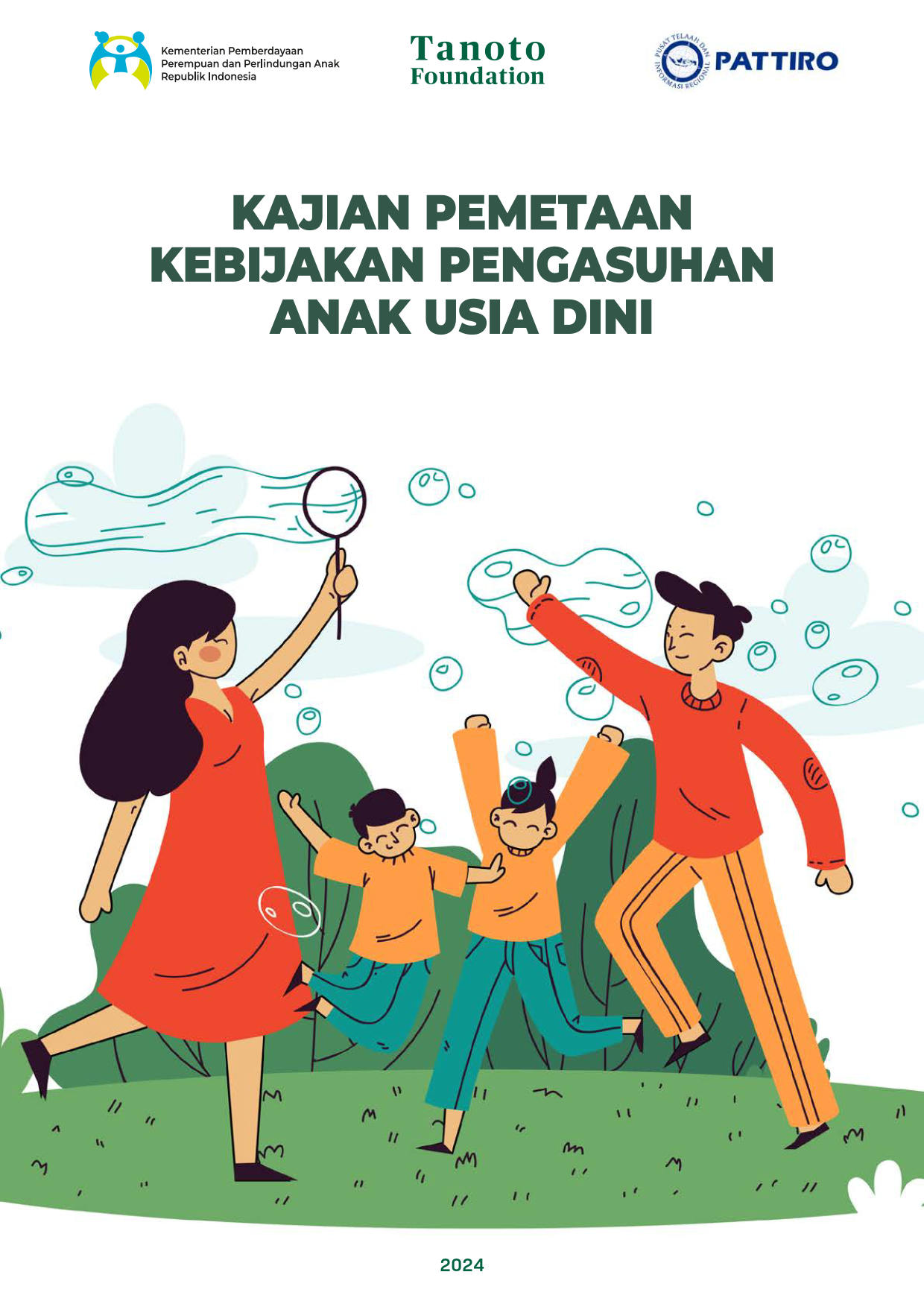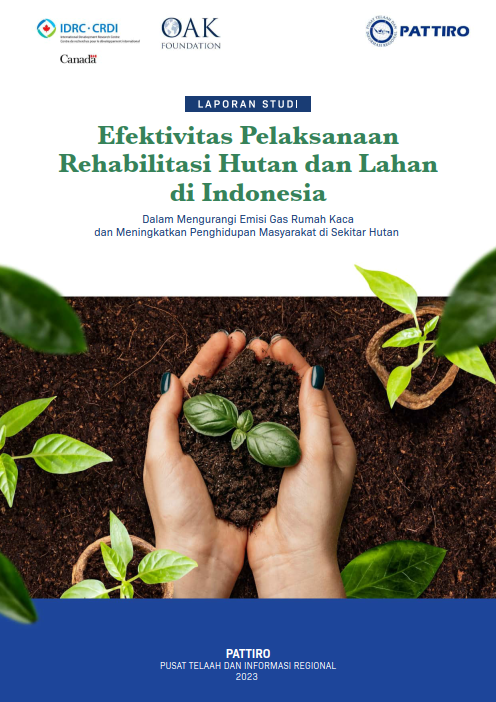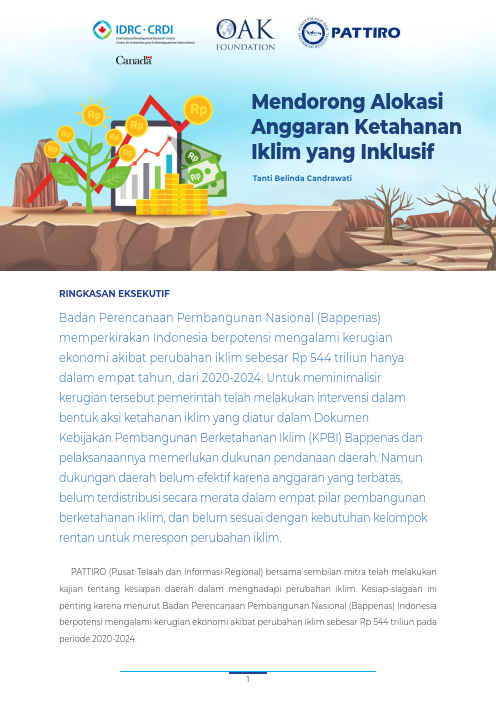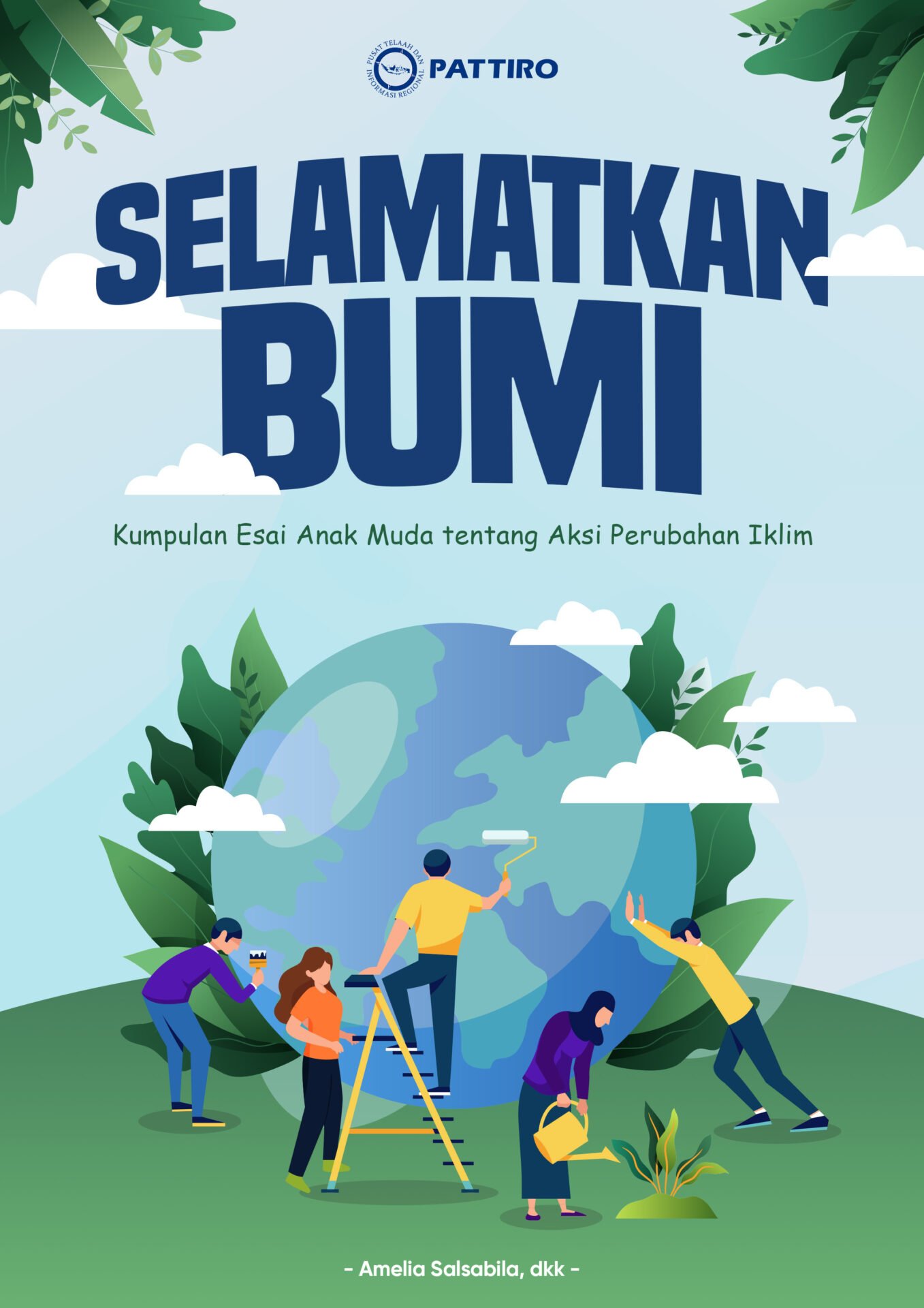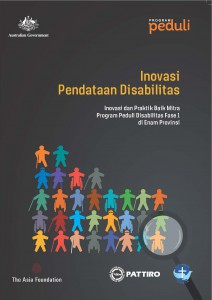 In the broader context of inclusive and sustainable development, particularly in the development process and outcomes, it is important to have innovation efforts to address the problems faced by persons with disabilities and ensure that persons with disabilities can actively engage in the development process and enjoy optimal development outcomes. One aspect that must be met if it is to ensure the inclusion of disability-specific needs in the development process and outcomes is the availability of a comprehensive and continuously updated data on persons with disabilities, thus generating a necessity for innovation that is collection of disability data that can reach all persons with disabilities in a region. Why is data collection important? Because the data have significant roles and benefits in the planning and implementation of development. Inclusive and sustainable development can be realized when the data on the beneficiaries of development are also well established and built through regular updating mechanisms. For vulnerable groups, including the poor and persons with disabilities, the unavailability of accurate data will increase vulnerability and potentially hamper the fulfillment of basic rights and services.
In the broader context of inclusive and sustainable development, particularly in the development process and outcomes, it is important to have innovation efforts to address the problems faced by persons with disabilities and ensure that persons with disabilities can actively engage in the development process and enjoy optimal development outcomes. One aspect that must be met if it is to ensure the inclusion of disability-specific needs in the development process and outcomes is the availability of a comprehensive and continuously updated data on persons with disabilities, thus generating a necessity for innovation that is collection of disability data that can reach all persons with disabilities in a region. Why is data collection important? Because the data have significant roles and benefits in the planning and implementation of development. Inclusive and sustainable development can be realized when the data on the beneficiaries of development are also well established and built through regular updating mechanisms. For vulnerable groups, including the poor and persons with disabilities, the unavailability of accurate data will increase vulnerability and potentially hamper the fulfillment of basic rights and services.
Currently, there are still a number of issues that cause unavailability of a comprehensive database on disability that can be used by all sectors in development. The problem of collection of disability data covers three main issues, namely data collection instruments, data collection mechanisms, and data utilization. From the instrument side, for example, some sectors in the government use different data collection instruments and have not fully adopted an obstacle-based approach. In the case of mechanisms, they are not yet able to reach all the persons with disabilities in all regions, conditions of disability, age, and others. The current mechanisms, such as a disability recording system or self-reporting by the family, have the disadvantage that many families of persons with disabilities are reluctant to register themselves as a persons with disabilities due to lack of access or negative stigma. The second mechanism is census or direct data collection, but the existing census mechanisms are still sample-based and not yet comprehensive, and the updating process is lengthy that it cannot ensure that all disabilities are recorded in a comprehensive manner and updated quickly. The differences in the mechanisms and instruments of course produce different data. For example, the Social Affairs Office only records serious disabilities that receive assistance, the Education Office has data on the disability of children who attend SLB, and so on. The absence of a single comprehensive database on disability at various levels of government has led to many persons with disabilities continue being excluded. Some of the problems that directly affect persons with disabilities, related to data collection of persons with disabilities, include the high number of people with disabilities that are not recorded through conventional mechanisms by the government, resulting in their differences and their needs not included in the development plan, not having ID cards, unable to access basic services because the public facilities such as puskesmas and schools cannot be accessed by persons with disabilities, children with special needs difficult to get free treatment, and so forth. One of the causes of these problems is the involvement of the community, especially persons with disabilities in the data collection process.
This book seeks to capture the efforts of innovation and good practices that have been made to ensure that data collection issues faced by persons with disabilities can be overcome. This book reviews and analyzes various practices and findings related to disability databases in various regions. It includes the instruments of data collection, the parties involved and the resources in the data collection, including the involvement of communities, families and persons with disabilities themselves, challenges and factors supporting disability data collection, as well as government acceptance and development plans for disability data collection. The various innovations presented therein are the results of the implementation of the Phase 1 of Peduli Pilar Disabilitas Program implemented from 2014 to 2016 (hereafter referred to as Peduli Program). The innovations of data collection of persons with disabilities discussed in this book are relevant to inclusive and sustainable development because they address the issues facing persons with disabilities; the innovation efforts undertaken to address these issues, including innovation processes involving persons with disabilities and stakeholders; the results of the innovation process, including its impact on persons with disabilities; as well as opportunities or possibilities of such innovations to be replicated or scaled-up to a wider level. The preparation of the Review of Innovations for Disability Database is part of the knowledge management that is expected to provide more benefits for people with disabilities in the country. The results of this study are expected to become advocacy materials at the national level in an effort to improve policies related to disability-friendly public services, so as to give further and more significant contribution to persons with disabilities in the country.
To continue reading the book, please use the download link provided. We apologize that only the Indonesian language version is available.

